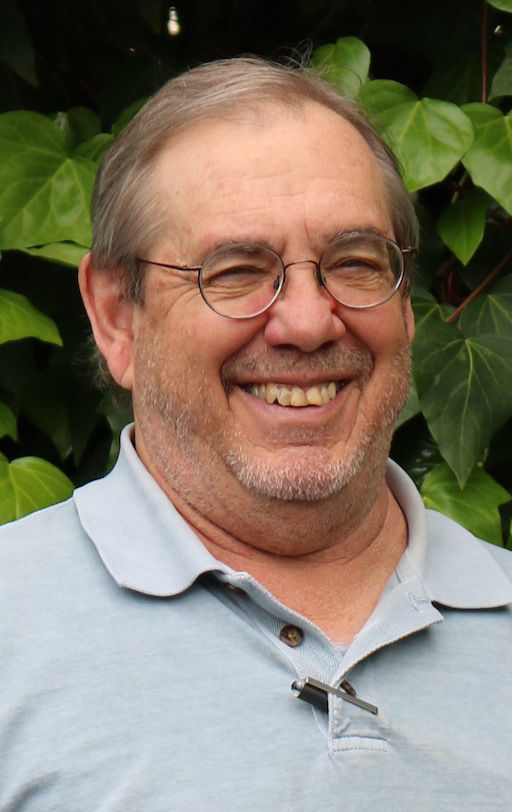We keep saying we are living in “unprecedented” times. Last week, it was 130 degrees in Death Valley and two hurricanes swirled toward the Gulf of Mexico at the same time, both being historical events. By the middle of the week there were 375 wildfires across California that burned 400,000 acres, a landmass the size of Rhode Island. Big Basin Redwoods, California’s oldest state park, was gutted by fire and Healdsburg’s Daniels School on Mill Creek that had survived 136 years of fire seasons was consumed by the Walbridge Fire.
None of these events are part of what we call our unprecedented times. They are all part of our “new normal” of climate change, extreme weather and expanded interface with our parched landscape. The unprecedented part of this story is the coronavirus pandemic under which this panoply of predicted and expected events took place. The eeriest piece to all this is we predicted and knew it would happen. And, what we used to call our wildfire season with the early autumn Santa Ana winds is still several weeks away.
We have had major wildfires here in every year since the 2015 Valley Fire in Lake County. Since that time, nearly two-thirds of Lake County’s landscape has burned. Sonoma County’s Tubbs, Kincade, Walbridge and Meyers wildfires have now burned more than 200,000 acres of our county’s 1 million acres. We don’t want annual wildfires to be normal, but right now they are. It is our greatest blessing that thousands of our local firefighters have become expert and determined first responders. They are an inspiration to our mounting resiliency.
The unprecedented devastation and human suffering came this time when the pandemic forced us to stay at home and practice social distancing, but the wildfires forced thousands of us to evacuate and leave our homes and congregate in neighbor’s homes, hotels, temporary shelters, campgrounds and elsewhere. We faced a dilemma of risking virus infection or incineration. And, right now, here in late August, we are not yet safe from either.
Living in northern California now means living with long periods of annual wildfire threats. It means practicing vigilant emergency preparations and property protection against fires and natural disasters. At the website ReadyForWildfire.org, we are told to follow the Six P’s of planned evacuations. These are People & Pets; Phone numbers and important documents; Prescriptions and other essential medical supplies; Personal communication devices; and, Plastic credit cards and cash. Oh, and one more P — a Personal facemask.
The casualties and damage estimates from the Walbridge and other wildfires will take many weeks to total. And, in the case of the disruption and spoilage of our 2020 wine grape crop, it will be a few years before we know the economic loss to our farmers and vineyard owners from “smoke tainted” fruit and off-tasting wines.
Our first concerns must go to any local loss of life and loss of homes, but the economic impacts to our 2020 harvest will tally in the millions and will impact thousands of farm working families, farm and winery owners and also to our wine country hospitality industry. We know these lessons all too well from our slow recovery from the Tubbs and Kincade fires when the rest of the world believed all of Sonoma County’s premium wine country had burned to a blackened ruin.
A recent UCLA study said climate change in California has doubled the number of extreme-risk days each year. It said average temperatures have increased by almost two degrees Fahrenheit while annual average precipitation has dropped 30%. We don’t need a scientific study to tell us our wildfire seasons are starting earlier and lasting longer and are now accompanied with more and more extreme weather.
We will survive all this, both the new normal and the unprecedented challenges. Why do we know this? Because we are seeing the results of planning, preparations, emergency responses and practiced leadership already paying off. We love it here too much to do otherwise. Stay safe.








